Editorial Type:
Article Category: Research Article
| Online Publication Date: 17 Jul 2007
Three-Step Model of Terrorist Violence
Three-Step Model of Terrorist Violence
Page Range: 111 – 118
Terrorist violence is a distinct type of violence. It has a different design architecture than personal (suicide), interpersonal (murder, theft, assault), or collective (mob, riot, crowd) violence. Employing three primitives, the social roles of perpetrator, victim, and target, which can be distributed across different sets of individuals, one-step, two-step, and three-step models are derived as structural descriptions of personal, interpersonal/collective, and terrorist violence. Why the unique design properties of terrorist violence poses a problem for the present theory of collective violence is also discussed.
Ben-Yahuda, Nachman. 2005. "Terror, Media, and Moral Boundaries." International Journal of Comparative Sociology 46: 33-53.
Bergesen, Albert J. 1982. "Race Riots of 1967: An Analysis of Police Violence in Detroit and Newark." Journal of Black Studies 12: 261-74.
Bergesen, Albert J. 2006. "Suicide Bombers." Contemporary Sociology 35: 459-462.
Bergesen, Albert J. 2007. "A Weberian Theory of Suicide Bombers." Paper presented at the annual meetings of the American Sociological Association, New York, New York.
Bergesen, Albert J., and Omar Lizardo. 2004. "International Terrorism and the World-System." Socioogical Theory 22: 38-52.
Enders, Walter, and Todd Sandler. 2002. "Patterns of Transnational Terrorism, 1970-1999: Alternative Time-Series Estimates." International Studies Quarterly 46: 145-65.
Gibbs, Jack P. 1989. "Conceptualization of Terrorism." American Sociological Review 54: 329-40.
Koestler, Arthur. [1940] 1984. Darkness at Noon. New York: Bantam.
Lauderdale, Pat, and Annamarie Oliverio, eds. 2005. "Special Issue: Roots of Terrorism: Global and Local Controversies. International Journal of Comparative Sociology.
Le Bon, Gustave. 1887. The Crowd. London: Unwin.
McAdam, Doug, Sidney Tarrow, and Charles Tilly. 2001. Dynamics of Contention. New York: Cambridge University Press.
Mead, George Herbert. 1934. Mind, Self and Society. Chicago: University of Chicago Press.
Oliverio, Annamarie, and Pat Lauderdale. 2005. "Terrorism as Deviance or Social Control: Suggestions for Future Research." International Journal of Comparative Sociology 46: 153-169.
Senechal de la Roche, Roberta. 2004. "Theories of Terrorism: A Symposium." Sociological Theory 22:1.
Smelser, Neil. 1963. Theory of Collective Behavior. New York: Free Press.
Smelser, Neil, and Faith Mitchell. 2002. Terrorism: Perspectives from the Behavioral and Social Sciences. Washington, D.C.: The National Academies Press.
Tarde, Gabriel. 1903. The Laws of Imitation. New York: Holt.
Tilly, Charles. 2003. The Politics of Collective Violence. New York: Cambridge University Press.
Tilly, Charles. 2004a. "Terror, Terrorism, Terrorists." Sociological Theory 21: 5-13.
Tilly, Charles. 2004b. Social Movements, 1768-2004. Boulder: Paradigm.
Tilly, Charles. 2005. "Regimes and Contention." Pp. 423-440 in Thomas Janoski, Robert Alford, Alexander Hicks, and Mildred Schwartz (eds.) The Handbook of Political Sociology. New York: Cambridge University Press.
Tilly, Charles. 2006. Regimes and Repertoires. Chicago: University of Chicago Press.
Turk, Austin. 2004. "Sociology of Terrorism." Annual Review of Sociology 30: 271-86.

